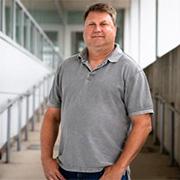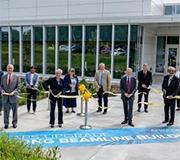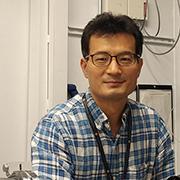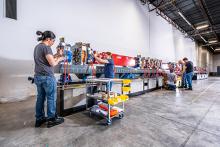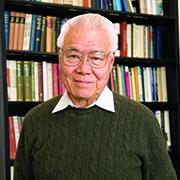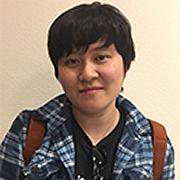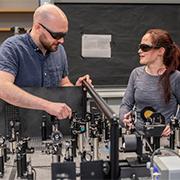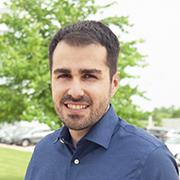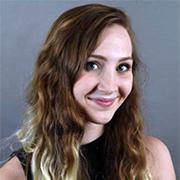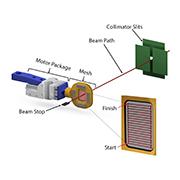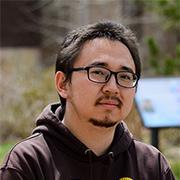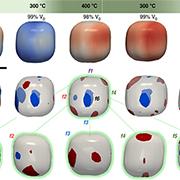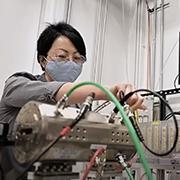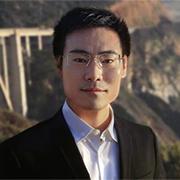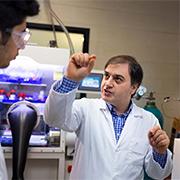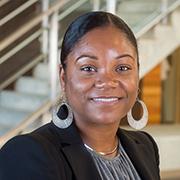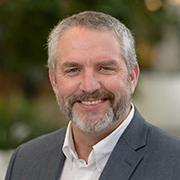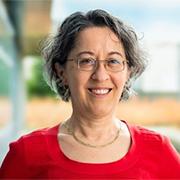News Feed - APS/User News
Starting in April 2023, Mark Erdmann will oversee the effort to replace the current Advanced Photon Source storage ring with a brand new model, one that will be carefully transported and installed in sections.
Earlier today, U.S. Secretary of Energy Jennifer Granholm and several Illinois leaders cut a ceremonial ribbon to mark the completion of a new facility that will host new experiments at the Advanced Photon Source that will contribute to the future of electric vehicles, quantum computers and resilient materials for all kinds of uses.
Sungsik Lee of the U.S. Department of Energy’s Advanced Photon Source and colleagues have been awarded the 2022 Faraday Division Horizon Prize by the Royal Society of Chemistry for the development of single-atom alloys, a new class of catalysts that play a prominent role in the energy and sustainability fields.
After years of planning and design work, the team upgrading the Advanced Photon Source is now preparing to make those plans and designs a reality.
Lee Chang-Li Teng, a theoretical physicist who contributed to and designed many particle-accelerator-based projects around the globe, passed away peacefully in hospice care on Friday, June 24, 2022. He was 95.
Yanqi (Grace) Luo, a postdoc in the X-ray Science Division at the Advanced Photon Source has been awarded the 2022 Werner Meyer-Ilse Memorial Award by the 2022 International Conference on X-ray Microscopy.
How would you like to work at Argonne National Laboratory’s Advanced Photon Source? Sounds like something from the distant future, right? But it’s as current and real as the work University of Rhode Island doctoral student Cali Antolini is doing as part of the U.S. Department of Energy’s Office of Graduate Student Research Program.
Gilberto Fabbris, a physicist with the Advanced Photon Source at the U.S. Department of Energy’s Argonne National Laboratory is the recipient of the 2022 Alvin Van Valkenburg award for his work in the area of condensed matter physics, particularly on emergent electronic properties in strongly correlated electron systems including d-electron transition metal oxides and f-electron rare-earth and actinide compounds.
University of Massachusetts Boston chemistry Ph.D. student Genevieve Asselin has received a research award from the U.S. Department of Energy’s Office of Science Graduate Student Research program. The award is given to outstanding U.S. graduate students to pursue part of their graduate thesis research at a Department of Energy laboratory/facility in the areas that address scientific challenges central to the Office of Science mission. Asselin will conduct her research at the Advanced Photon Source.
Electronics Engineer Fernando Rafael Adds Spark to the APS Upgrade Team. “Every day brings something new,” said Fernando Rafael, the engineer overseeing the new power supply and electrical systems for a massive upgrade of the Advanced Photon Source, a DOE Office of Science user facility at Argonne.
The Advanced Photon Source will hold a virtual town hall for users interested in structural biology and the APS Upgrade Project. The town hall runs from 1 p.m. to 5 p.m., CT, on Tuesday, June 21, 2022.
University of Wyoming researchers earned an allotment of time on an x-ray beamline at the U.S. Department of Energy’s Advanced Photon Source at Argonne National Laboratory to achieve in situ x-ray diffraction measurements on a novel catalyst, which is able to convert carbon dioxide mixed with methane into a valuable synthesis gas using a dry-reforming process.
Physicist Suresh Narayanan is the 2022 recipient of the Gopal K. Shenoy Excellence in Beamline Science Award. He is the group leader of the X-ray Science Division Dynamics & Structure Group at the U.S. Department of Energy’s Advanced Photon Source at Argonne National Laboratory.
The Advanced Photon Source produces ultrabright, high-energy x-ray beams. Thousands of scientists from around the world use the APS to conduct groundbreaking research that improves everyday life as we know it. Skeptical? Read on.
A new five-minute video offers an inside look at the Advanced Photon Source, from the powerful accelerator at its heart to the beamlines where groundbreaking research is conducted.
Qilin Guo, a Ph.D. candidate at the University of Wisconsin-Madison, was named the 2022 recipient of the Advanced Photon Source Users Organization’s Rosalind Franklin Young Investigator Award.
Illinois Institute of Technology’s Mohammad Asadi received $1.9 million from the Advanced Research Projects Agency—Energy to scale up a process that he developed for capturing carbon dioxide directly from exhaust gas sources and converting it into valuable products. X-ray spectroscopy studies at the Materials Research Collaborative Access Team facility at the APS will be part of the effort to further understand the science behind the process.
Elmie Peoples-Evans has been named project manager of the Advanced Photon Source Upgrade Project, effective Monday, April 25, 2022. She has been serving in this role on an interim basis since December 2021, and with this appointment she joins newly named APS-U project director, Jim Kerby, at the head of the APS-U management team.
Jim Kerby has been named project director of the APS Upgrade Project, effective Monday, April 25, 2022, making permanent a role he has held on an interim basis since December 2021.
Kathy Harkay was there at the start of the APS, working to determine the limits of what the machine could do. Now she’s working on upgrading the facility, and is looking forward to test-driving the new APS.

